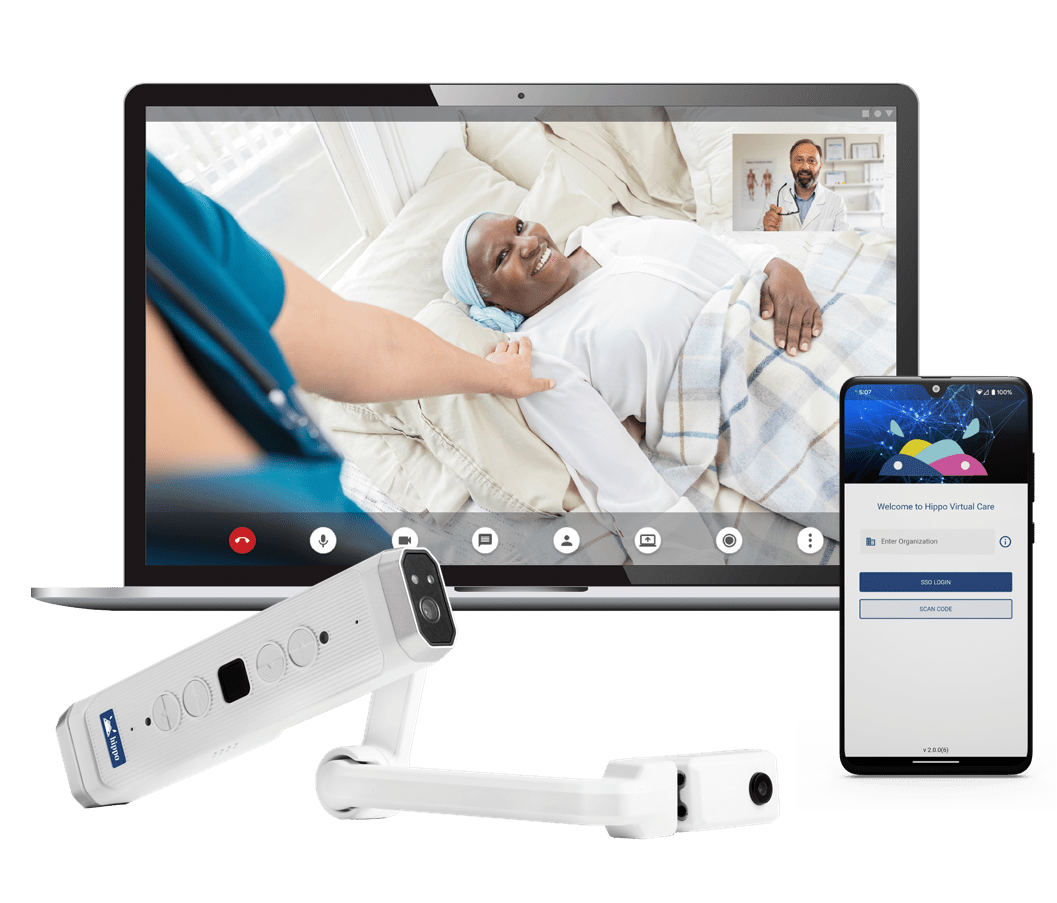HOW AR WEARABLES ASSIST IN HEALTH LABOR SHORTAGES?


The hit of the pandemic had an enormous impact on the economy of Australia. The crises led to worker shortages in different sectors, specifically within the healthcare industry.
There has always been a high demand for healthcare workers; however, COVID-19 further intensified the shortage. Moreover, the situation also had a massive impact on the existing workforce in the healthcare sector, leading people to suffer from poor mental and physical health. Many professionals also experienced burnout and stress, forcing them to change professions.
According to Skills Priority List 2022, there was a 31 per cent workers shortage in more than 280 occupations across the country, with a significant lack of workers witnessed in the healthcare industry. The National Skills Commission reported that the nation could be challenged with a shortage of 200,000 full-time workforce by the end of 2050.
Benefits like higher pay might assist in retaining employees and solving the challenge of worker shortage. However, experts believe that there needs to be strategies beyond higher salaries, such as taking care of their physical and mental health and investing in technology implementation.
Wearable technology is an addition to healthcare tech that facilities should deploy across organizations. The integration of wearable solutions has truly transformed the dynamics of the healthcare sector. These devices allow nurses to track patient health, monitor specific patients and provide accurate diagnoses with the assistance of remote health experts.
Benefits of Wearable Technology in Healthcare
How Wearable Technology Relieves Workload?
There are several benefits of wearable technology in healthcare, and relieving workload and stress is one of them. According to the 2023 McKinsey report, up to 15% of a nurse’s workload is due to documentation, with the majority of time consumed in vitals charging, 360-degree patient assessments, hunting and gathering, support activities and new admission intakes.
However, nurses want most of their time dedicated to direct patient care. Automation and virtual nursing via wearable tech can relieve the burden of nurses. Deploying wearable technology across healthcare facilities will allow them to benefit from remote collaboration with clinician extenders.
Moreover, technology integration will also enable automation of other tasks, such as medication reminders, remote patient care, and vital chart monitoring.
Wearable Technology and Safety and Well-being of Healthcare Staff
While labor safety and well-being were always in place, it has become the cornerstone of every organization’s strategy after the pandemic. A survey conducted by Gartner discovered that 94 per cent of organizations made significant investments in employee wellness programs.
Employees have also become increasingly concerned about their on-the-job safety and well-being. Wearable devices come into play as an effective solution to address these concerns. With the help of a smart wearable device, companies can reduce the risk of injuries to frontline workers and organizational employees by detecting high-risk situations.
The devices also provide real-time feedback whenever the user engages in complex and dangerous postures. As a result, workers have the opportunity to utilize this real-time feedback to work on their postures and reduce the risk of injuries.
When employees feel safe and secure in their organization, they are energized and tend to be more productive. Wearable technology is found to have a favorable impact on employee safety and well-being, which makes them productive over time.
Wearable technology is known to be the future of the healthcare industry. Automation and remote collaboration will characterize the sector. As a result, we will witness improved digital infrastructure, employee productivity, workload and safety risks. The deployment of technology across organizations will ultimately allow organizations to retain employees and prevent healthcare worker shortages.
How Hippo Virtual Care Assist in Labor Shortages
Hippo Virtual Care leverages the potential of assisted reality technology and allows remote collaboration with real-time assistance. The virtual care platform is developed by clinicians for healthcare professionals so they can examine patients via wearable devices.
The AR headsets have also been tested in complex and rugged environments; therefore, they are proven for durability and ruggedness. Learn more about assisted reality wearables by getting in touch with our tech experts.

